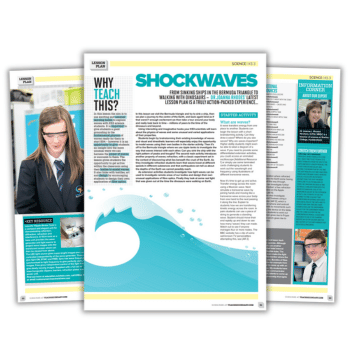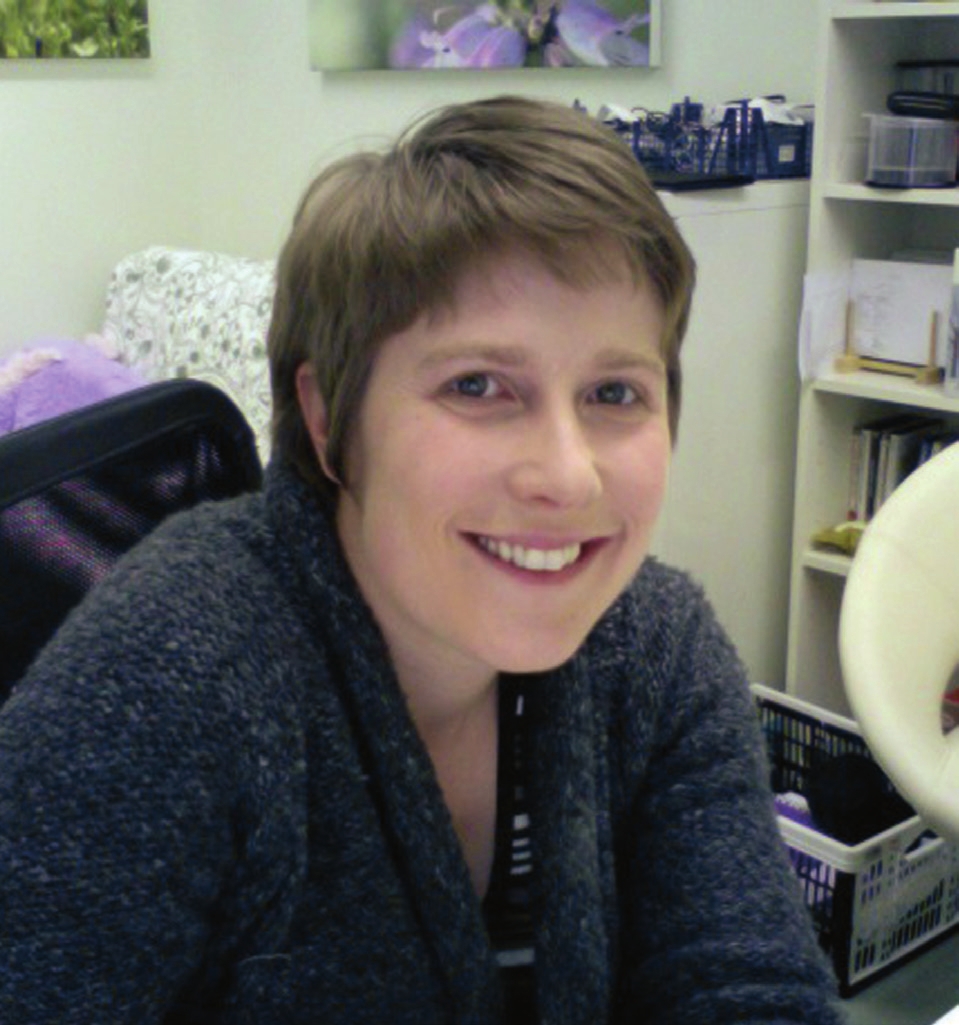From sinking ships in the Bermuda Triangle to walking with dinosaurs, this waves physics lesson uses exciting and unusual learning hooks…
Why teach this waves physics lesson?
In this waves physics lesson, the aim is to use exciting and unusual learning hooks to explore waves with KS3 science students.
It is important to give students a good grounding in the fundamental physics of waves ready for them to start KS4 – however it is an opportunity to give students an insight into the more unusual ways we can harness the power of waves or succumb to them.
The lesson gives students the opportunity to get active within the classroom using their bodies to model waves. It also links with textiles, art and design by encouraging students to design their own application of fibre optics.
Waves physics lesson overview
In this lesson we visit the Bermuda triangle and try to sink a ship, then we plan a journey to the centre of the Earth, and back again!
And as if that weren’t enough excitement we then take a tour around your body and really look back in time – millions of years to the time of the dinosaurs and beyond.
Using interesting and imaginative hooks, your KS3 scientists will learn about the physics of waves and some unusual and varied applications of their properties.
Students begin by brainstorming their existing knowledge of waves and visual and kinesthetic learners will especially enjoy the opportunity to model waves using their own bodies in the starter activity.
Then it’s off to the Bermuda triangle where we use ripple tanks to investigate the way that waves interact with each other. Can you sink the ship with the right pattern of peaks and troughs?
The second main activity introduces another property of waves; refraction, with a classic experiment set in the context of discovering what lies beneath the crust of the Earth.
As they investigate refraction students learn that waves travel at different speeds in different substances and that earthquakes can tell us about the depths of the Earth we cannot possibly reach.
As extension activities, students investigate how light waves can be used to investigate remote areas of our bodies and design their own unusual applications of fibre optics.
Finally they look at some real light that was given out at the time the dinosaurs were walking on Earth.
Dr Joanna L. Rhodes M.Chem, D.Phil, MRSC is a teacher of science at Shelley College, Huddersfield.














